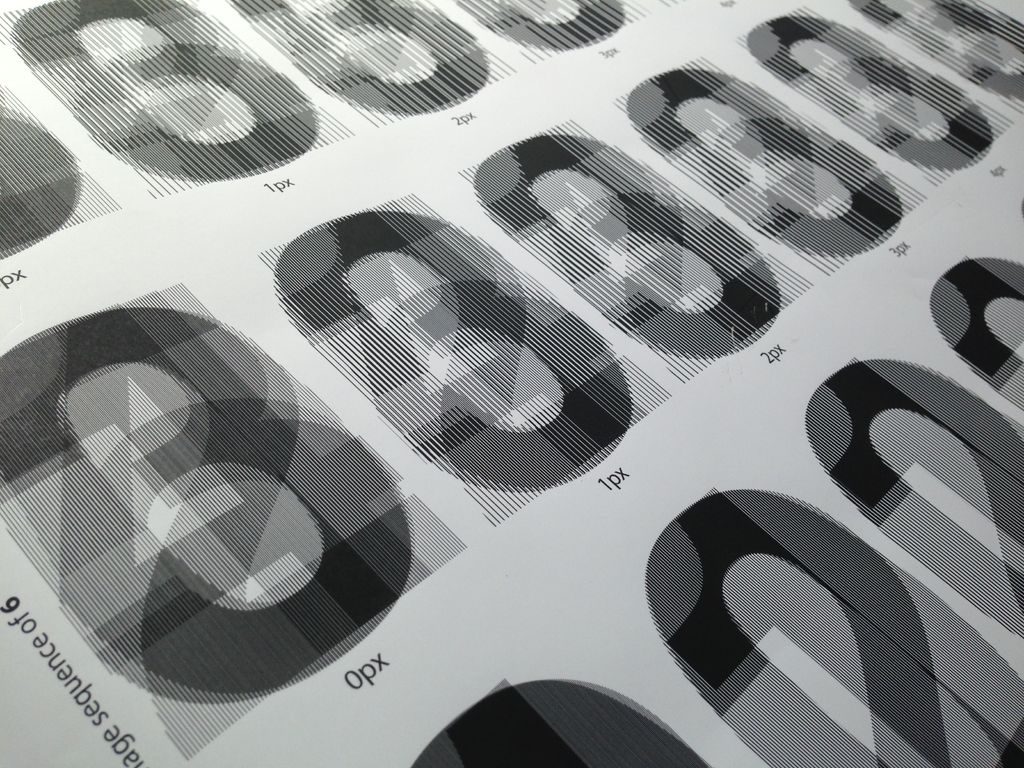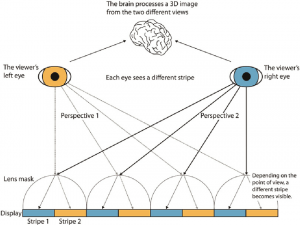Did you know that…?

Lenticular printing was discovered in 1940 by Maurice Bonnet. This type of image, is a autostereoscopic solution, that allows to visualize a three-dimensional image without need of 3D glasses.
This is due to a lenticular lens that is used to separate the images from the left and right eye, thus creating a depth in the images without the need for special glasses. This effect is activated with the movement of the image so that it can be viewed from different angles.
The lenticular impressions are composed by a minimum of two images, combined to form a lenticular image.
The lenticular process is used to create multiple frames of animation, or to display a set of images that appear to merge.

There are different types of lenses with different characteristics like for example the distance of vision, its angle and also the different effects that can be provoked.
The 3D effect makes the illustrations have depth through the different shots. The sensation is as if the image could be caught or touched. For this effect to happen, it is very important that the images start from an initial perspective and contain elements that can give rise to the 3D effect.
The FLYP effect makes two individual images alternate according to the viewing angle. That permits two different images to be reproduced, such as before and after.
The ZOOM effect combines sizes of the same image getting the effect of increase and decrease.
The MORPH effect is the progressive change from one object to another similar, creating a sensation in which two or more images change gradually.
The MOVIE Effect reproduces scenes or sequences of consecutive images that create the sensation of movement.
